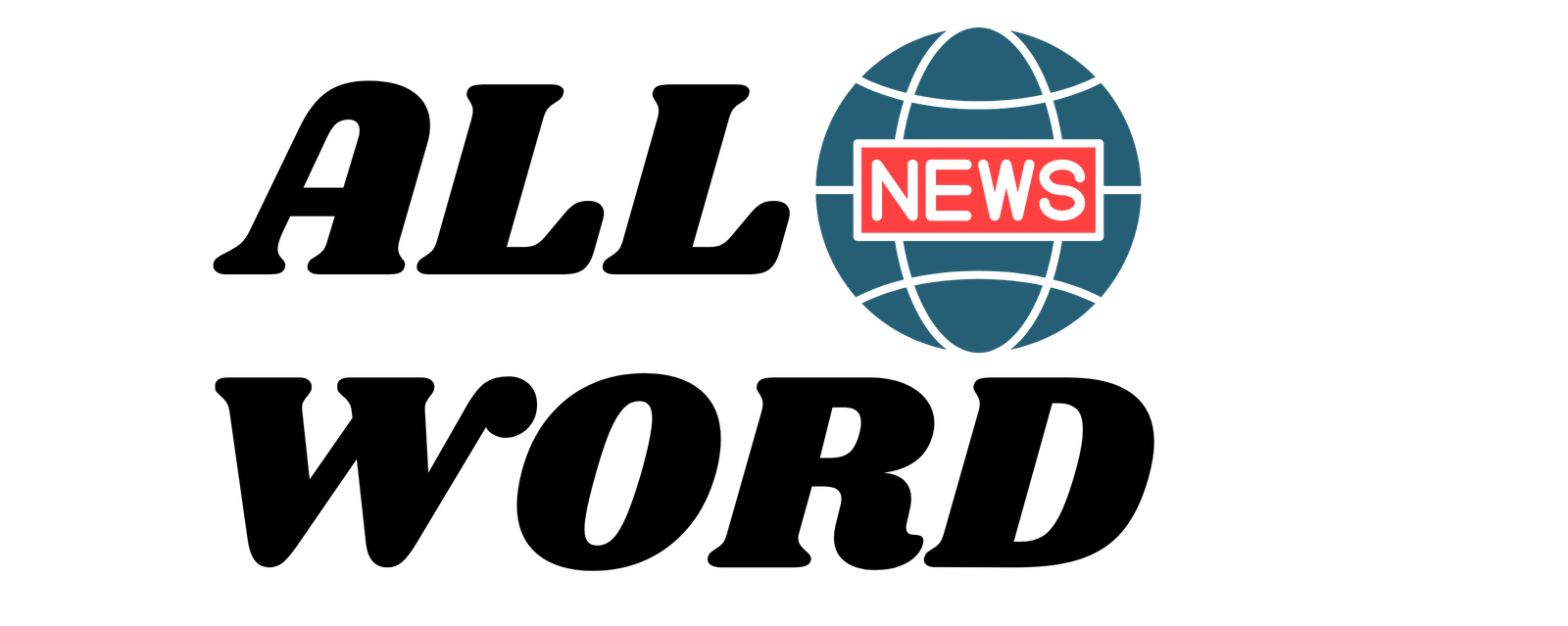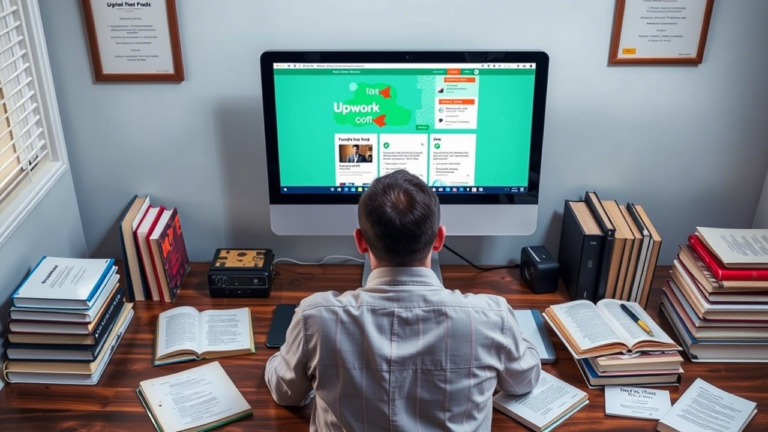Tools for Graphic Designers
Graphic design is a dynamic and creative freelancing job that requires a combination of artistic skills and technical expertise. To create professional-quality designs, graphic designers rely on a variety of tools and software. Whether you’re a beginner or an experienced designer, having the right tools can streamline your workflow, enhance your creativity, and help you deliver exceptional results. In this article, we’ll explore the essential tools for graphic designers, categorized by their purpose and functionality.
1. Design Software
Design software is the backbone of graphic design, enabling you to create, edit, and manipulate visuals.
- Adobe Creative Suite:
- Photoshop: For photo editing, digital painting, and creating raster graphics.
- Illustrator: For creating vector graphics, logos, and illustrations.
- InDesign: For designing layouts for print and digital publications.
- After Effects: For motion graphics and video editing.
- XD: For UI/UX design and prototyping.
- Affinity Designer: A cost-effective alternative to Adobe Illustrator for vector design.
- CorelDRAW: A versatile tool for vector illustration, layout, and photo editing.
- Sketch: A popular tool for UI/UX design, especially for web and app interfaces.
- Figma: A collaborative design tool for UI/UX design and prototyping.
2. Image Editing Tools
Image editing tools allow you to enhance and manipulate photos and graphics.
- Adobe Photoshop: The industry standard for photo editing and raster graphics.
- GIMP: A free and open-source alternative to Photoshop.
- Canva: A user-friendly tool for creating social media graphics, presentations, and simple designs.
- Pixlr: A web-based photo editor with advanced features.
- Affinity Photo: A professional photo editing tool with a one-time purchase option.
3. Vector Design Tools
Vector design tools are essential for creating scalable graphics like logos and illustrations.
- Adobe Illustrator: The go-to tool for vector design and illustration.
- Inkscape: A free and open-source alternative to Illustrator.
- CorelDRAW: A powerful tool for vector illustration and design.
- Vectr: A simple, web-based vector design tool for beginners.
4. UI/UX Design Tools
UI/UX design tools help you create user-friendly interfaces for websites and apps.
- Figma: A collaborative design tool for UI/UX design and prototyping.
- Sketch: A popular tool for designing interfaces and creating wireframes.
- Adobe XD: A tool for designing and prototyping user experiences.
- InVision: A platform for prototyping, collaboration, and workflow management.
- Axure RP: A tool for creating interactive prototypes and wireframes.
5. Typography Tools
Typography tools help you create and manage fonts and typefaces.
- FontLab: A professional tool for designing and editing fonts.
- Glyphs: A font editor for creating custom typefaces.
- Adobe Fonts: A library of high-quality fonts for use in Adobe software.
- Google Fonts: A free library of web fonts for use in digital projects.
- Typekit: A subscription-based font library integrated with Adobe Creative Cloud.
6. Color Tools
Color tools help you choose and manage color palettes for your designs.
- Adobe Color: A tool for creating and exploring color schemes.
- Coolors: A color palette generator for creating harmonious color combinations.
- Paletton: A tool for creating color schemes based on color theory.
- ColorZilla: A browser extension for identifying and sampling colors from websites.
7. Prototyping and Wireframing Tools
Prototyping and wireframing tools help you create mockups and interactive prototypes.
- Figma: A collaborative tool for designing and prototyping interfaces.
- Sketch: A tool for creating wireframes and UI designs.
- Adobe XD: A tool for designing and prototyping user experiences.
- InVision: A platform for creating interactive prototypes and collaborating with teams.
- Balsamiq: A tool for creating quick wireframes and mockups.
8. Stock Resources
Stock resources provide images, icons, and templates for your designs.
- Unsplash and Pexels: Free stock photo websites for high-quality images.
- Freepik: A platform for free and premium vectors, photos, and PSD files.
- Flaticon: A library of free icons for use in digital projects.
- Shutterstock and Adobe Stock: Premium stock photo and video libraries.
- Envato Elements: A subscription-based platform for templates, fonts, and graphics.
9. Project Management Tools
Project management tools help you stay organized and manage multiple design projects.
- Trello: A visual project management tool for organizing tasks and deadlines.
- Asana: A versatile tool for tracking projects, assigning tasks, and collaborating with teams.
- Monday.com: A customizable platform for managing workflows and projects.
- Notion: An all-in-one workspace for notes, tasks, and project management.
10. Collaboration Tools
Collaboration tools make it easy to work with clients, teams, or other designers.
- Slack: A messaging platform for team communication and collaboration.
- Google Drive: A cloud storage platform for sharing and collaborating on files.
- Dropbox: A file-sharing tool for storing and sharing large files.
- Zoom: A video conferencing tool for virtual meetings and discussions.
11. Inspiration and Learning Platforms
Inspiration and learning platforms help you stay creative and improve your skills.
- Behance and Dribbble: Platforms for showcasing your work and discovering design inspiration.
- Pinterest: A visual discovery platform for finding design ideas and inspiration.
- Skillshare and Udemy: Online learning platforms for design courses and tutorials.
- Creative Bloq and Design Week: Blogs for design news, trends, and tips.
Conclusion
Graphic design is a dynamic and rewarding freelancing job that requires the right tools to succeed. From design software and image editing tools to project management and collaboration platforms, having the right resources can enhance your creativity, streamline your workflow, and help you deliver exceptional results. By mastering these tools and staying updated with industry trends, you can thrive as a freelance graphic designer and enjoy the freedom of working from anywhere in the world. Start exploring these tools today and take your freelance design career to the next level!





